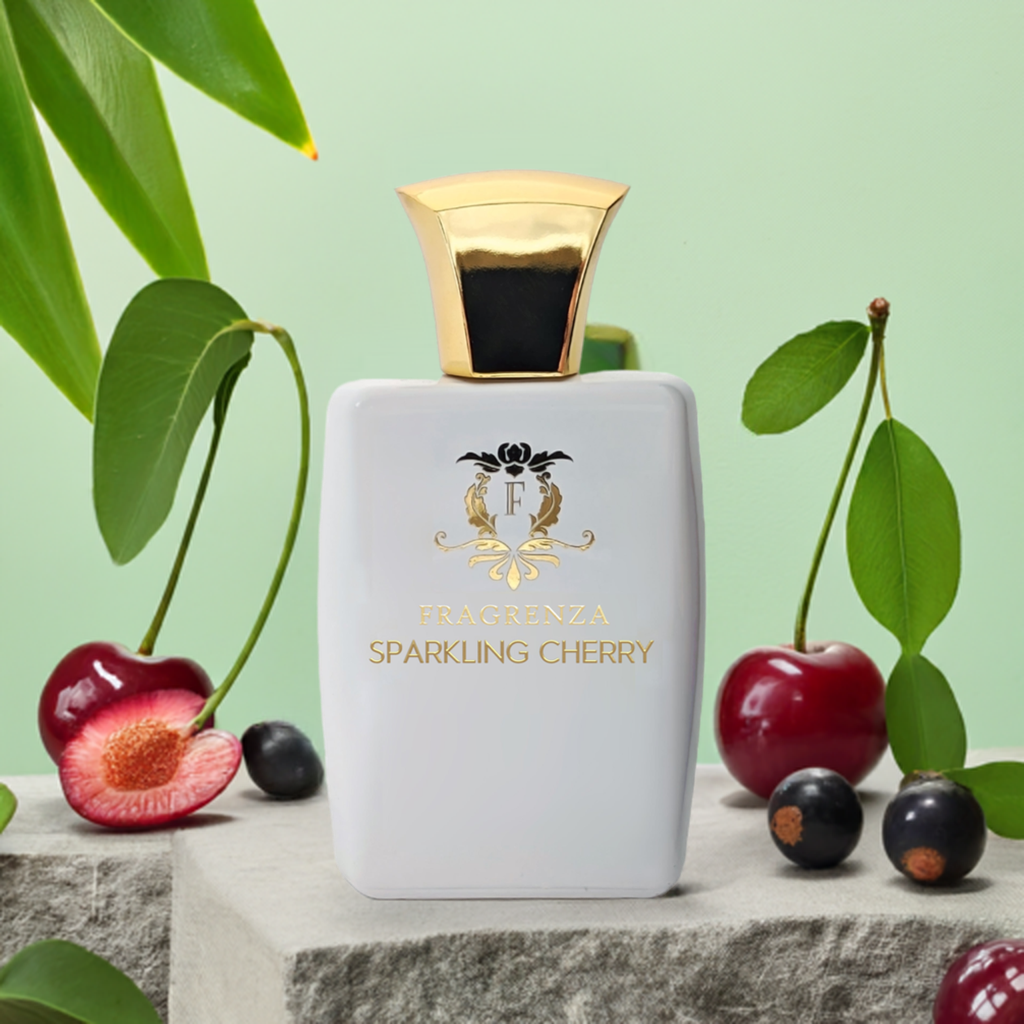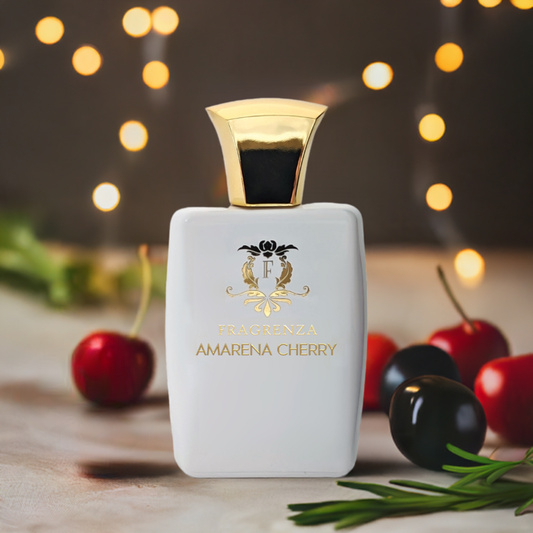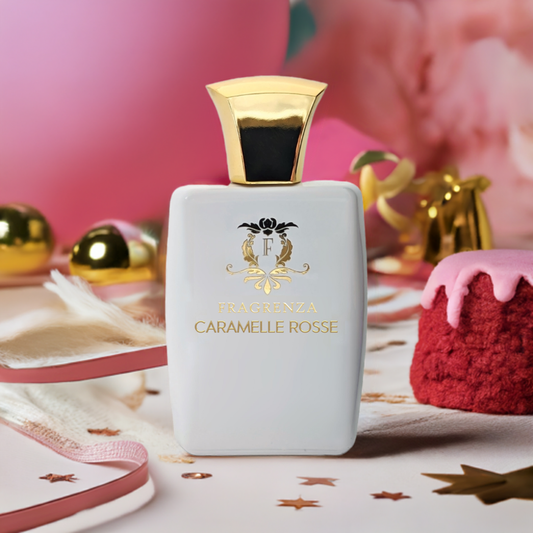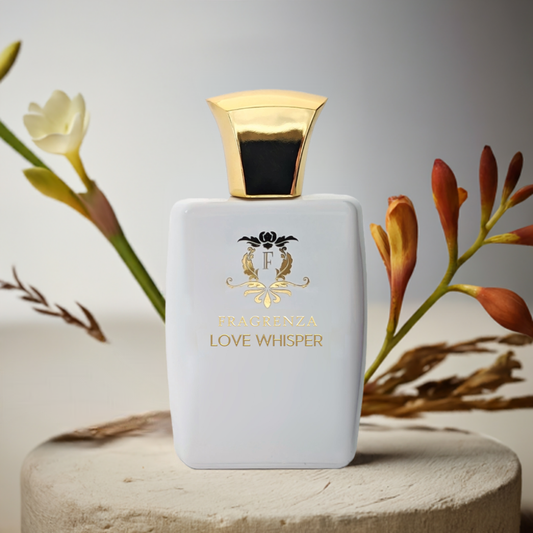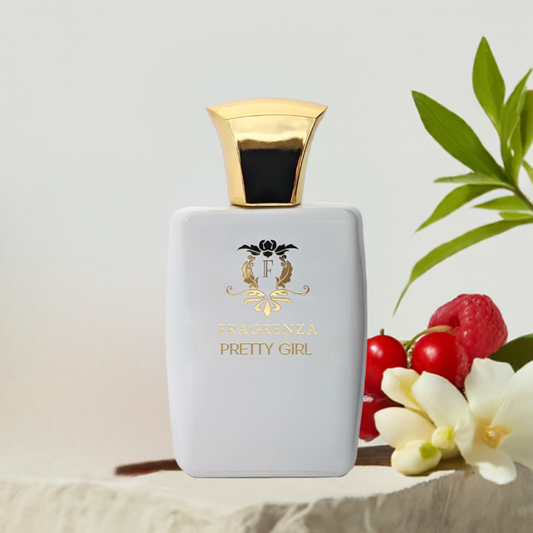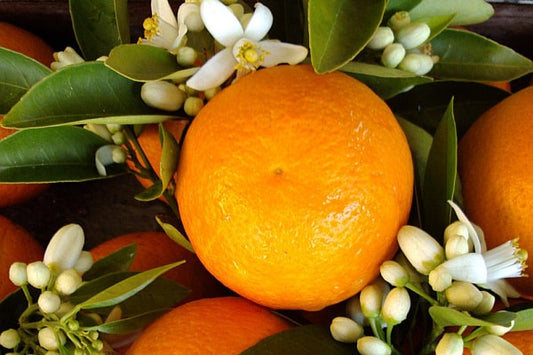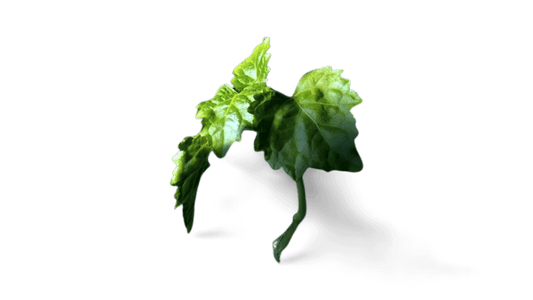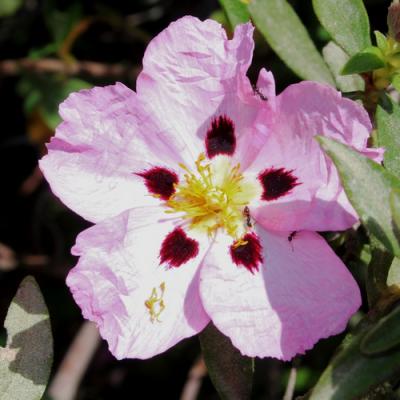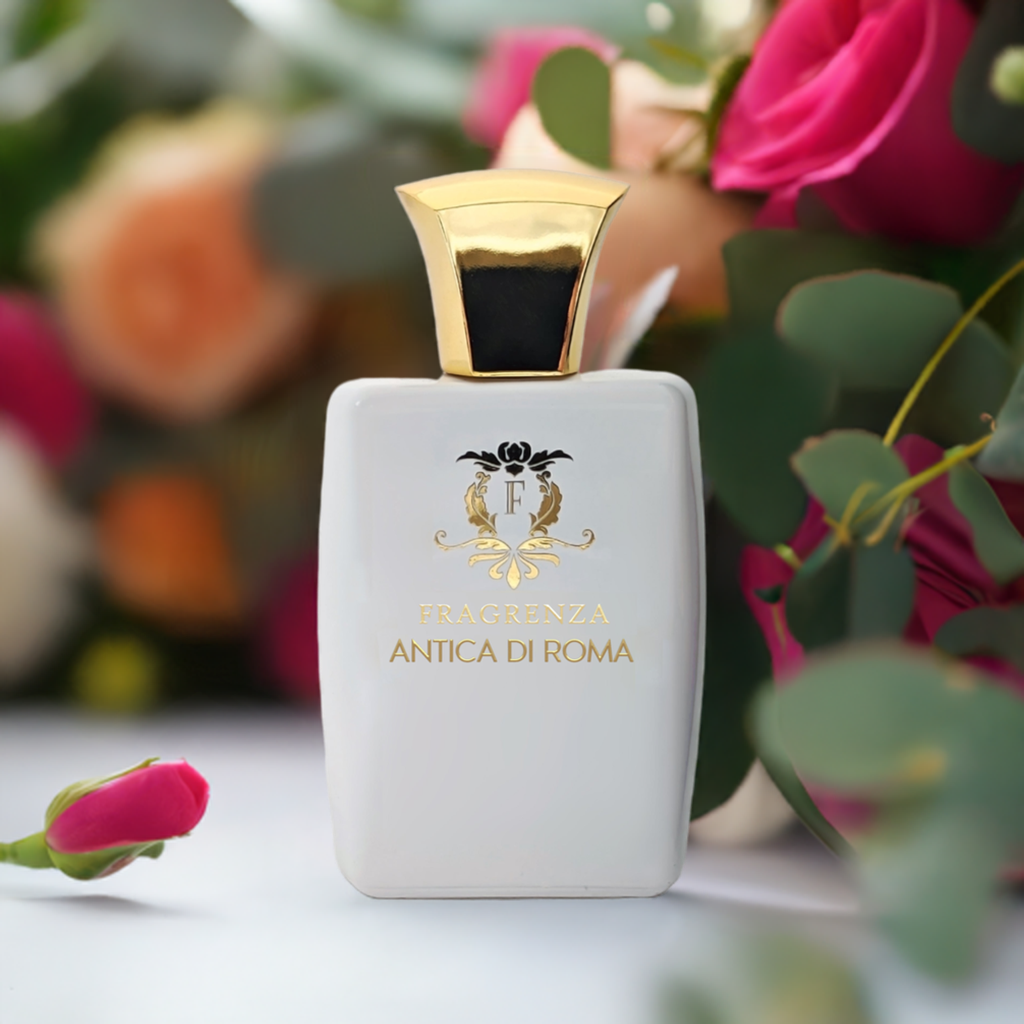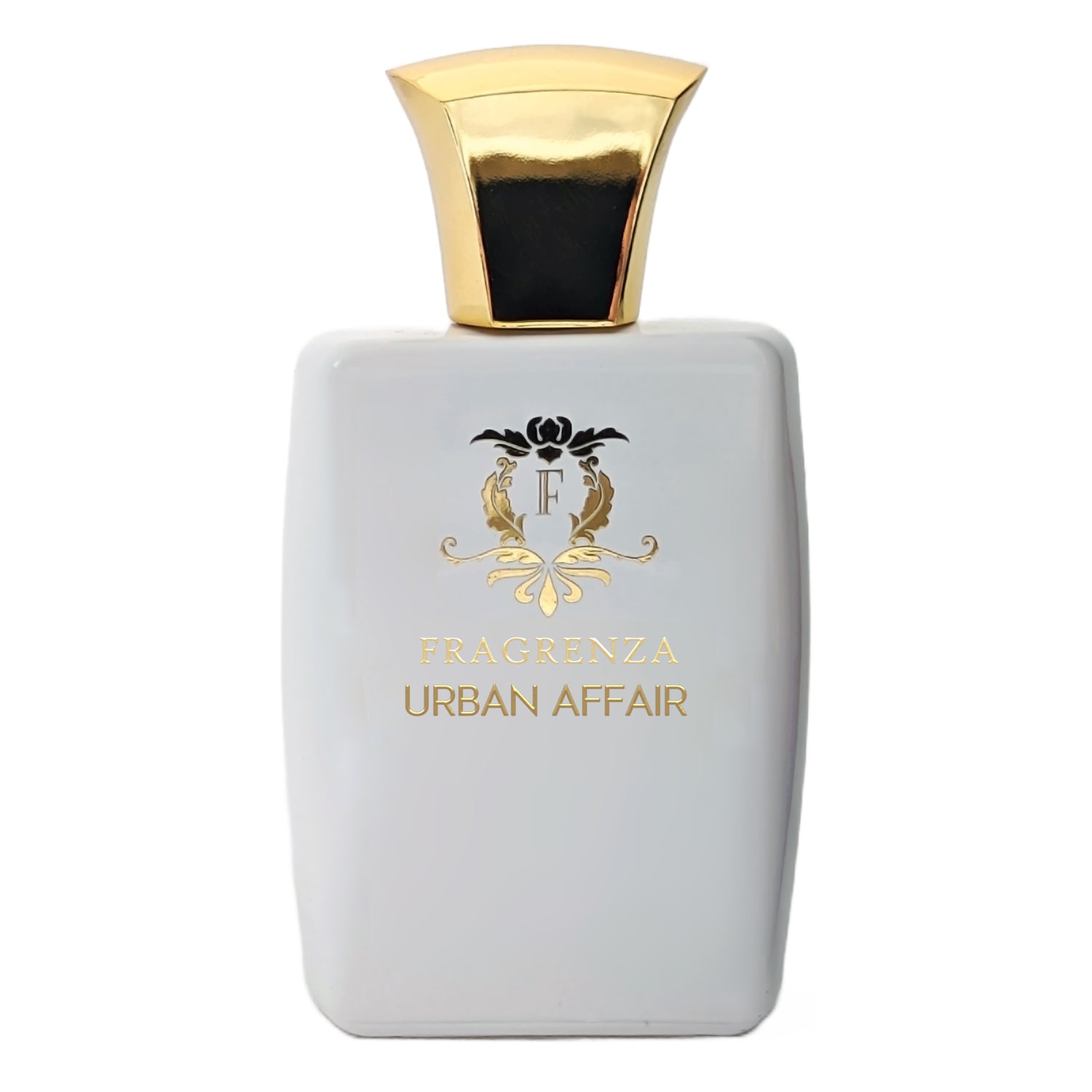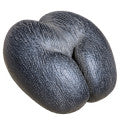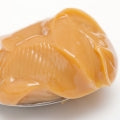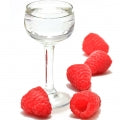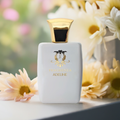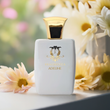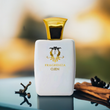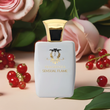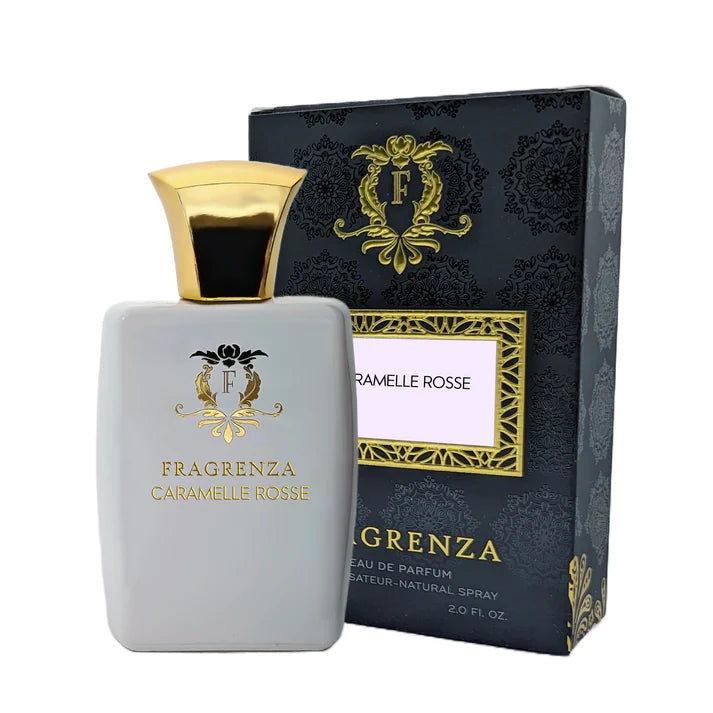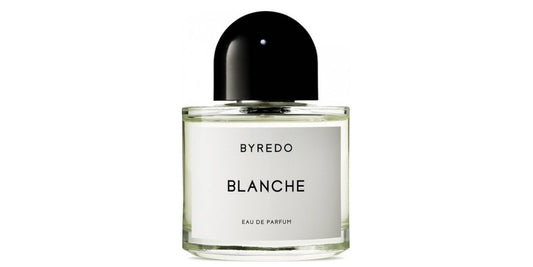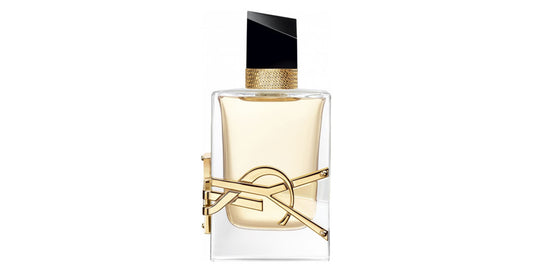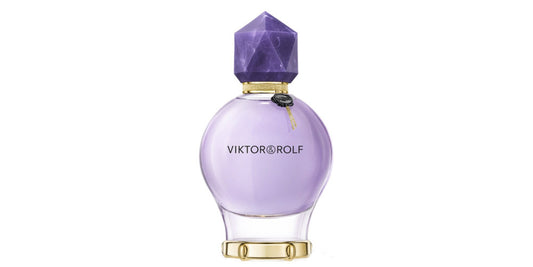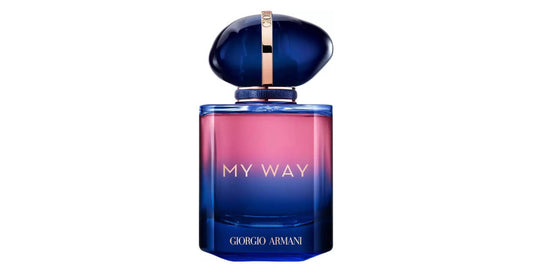What's the difference between cologne, eau de toilette, and perfume?
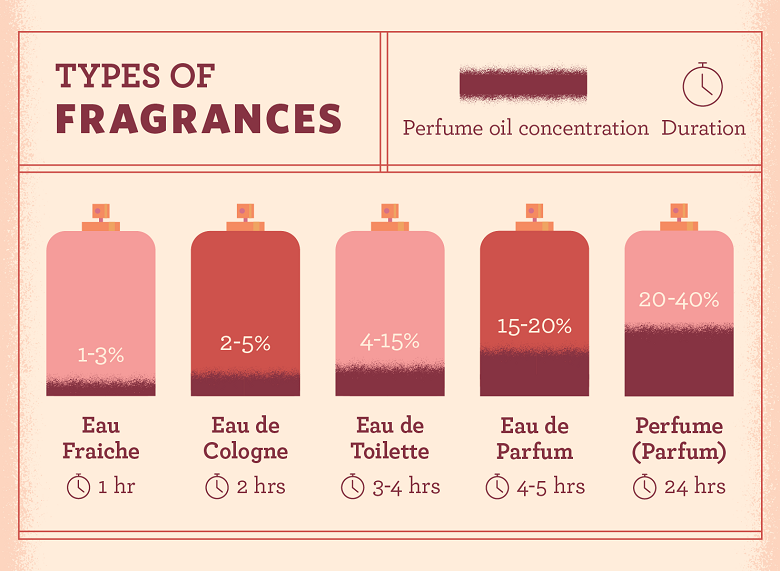
In This Article
The Anatomy of Perfume: From Essence to Application
The 'perfume essence,' which gives a perfume its scent, is the foundation of any perfume you may buy in a store. This fragrance is made up of essential oils (cedarwood, lime, sandalwood, and so on), absolutes (jasmine, rose, neroli), animal extracts (musk, ambergris), and synthetic fragrance (this could be nearly anything).
By itself, this base perfume essence isn't particularly appealing, and in some situations, it isn't perfect. It needs to be diluted because it is overly concentrated, which is done with alcohol and water.
The Types of Perfumes
Fragrances come in a variety of shapes and sizes, with a variety of names. Still, the four primary groups are as follows:
1. Perfume:
The perfume you see in the store has been diluted and is not the pure perfume essence. It is, however, the most concentrated of all the scent selections, and as a result, it is the most expensive. It has a slightly oilier texture and often contains 15-40% pure scent extract. It has a somewhat thicker and oilier texture. It's usually sold in 'stopper bottles,' rather than sprays. Spraying it all over would be too dangerous (and too expensive).
However, the percentage of pure perfume extract is not always a predictor of perfume quality. As previously said, there are many essential oils that you would not want to inhale in small amounts (spikenard comes to mind). Because natural musk and ambergris are both expensive and unpleasant in their purest form, a single drop can substantially raise the price of perfume. Still, you wouldn't want more than that one drop, which would be fantastic.
2. Eau de Parfum:
This version utilizes less perfume essence and more alcohol and water. This means the smell is a little lighter and doesn't linger as long, but because it's a little lighter, many people enjoy it. Of course, it is less expensive. Eau de Perfume typically contains 10-20 percent perfume essence. This perfume may be marketed in regular bottles or sprays. However, if you use a spray, don't spray it all over.
3. Eau de Toilette:
This is a lighter version of Eau de Toilette that is typically marketed in spray bottles. Its lightness allows you to spray it more widely, but the high alcohol content means it won't last very long. This form is often the best to use on a daily basis because it is less intense and, even if you use too much, it will lighten up quite fast. There will usually be 4-15 percent pure perfume essence.
4. Eau de Cologne:
Cologne is an acronym of 'eau de Cologne,' which is the French term for the city of Köln, where a particular scent was initially created, hence the name. There are specific fragrance blends that come into this category of 'eau de cologne,' and they are very light, fresh, and fruity, containing essential oils such as lemon, bergamot, orange, and absolute neroli. Lavender and rosemary essential oils may also be present.
These days, however, eau de cologne or cologne is frequently used to denote the perfume's most diluted variant, usually between 2 and 5%. These are rarely seen in high-end perfumes but are more commonly found in 'splash' perfumes or fragrances for younger people.
Notes on Perfume Concentrations
The perfume essence percentages I've given in relation to the entire product are merely guidelines. There are no globally accepted ratios, and they will differ depending on the source.
